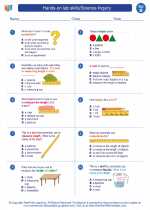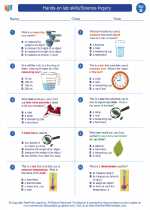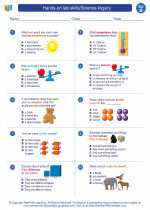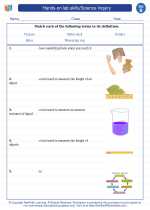Consumers in the Ecosystem
Consumers are living organisms that obtain their energy and nutrients by consuming other organisms. They play a key role in the flow of energy through an ecosystem. There are three main types of consumers: herbivores, carnivores, and omnivores.
Herbivores
Herbivores are animals that primarily feed on plants. They obtain their energy by consuming the leaves, stems, fruits, and seeds of plants. Some examples of herbivores include deer, rabbits, and cows.
Carnivores
Carnivores are animals that primarily feed on other animals. They obtain their energy by consuming the flesh of other animals. Some examples of carnivores include lions, wolves, and hawks.
Omnivores
Omnivores are animals that have a varied diet, feeding on both plants and other animals. They obtain their energy by consuming a combination of plant matter and animal flesh. Some examples of omnivores include bears, raccoons, and humans.
Study Guide for Consumers
- What are consumers?
- What are the three main types of consumers?
- Give an example of a herbivore.
- Give an example of a carnivore.
- Give an example of an omnivore.
- How do consumers obtain their energy and nutrients?
- Explain the role of consumers in an ecosystem.
Understanding consumers is essential for comprehending the balance of energy and nutrients in an ecosystem. By studying the different types of consumers, we can gain insight into the complex relationships that exist within nature.
.◂Science Worksheets and Study Guides Second Grade. Hands-on lab skills/Science Inquiry

 Worksheet/Answer key
Worksheet/Answer key
 Worksheet/Answer key
Worksheet/Answer key
 Worksheet/Answer key
Worksheet/Answer key
 Vocabulary/Answer key
Vocabulary/Answer key
